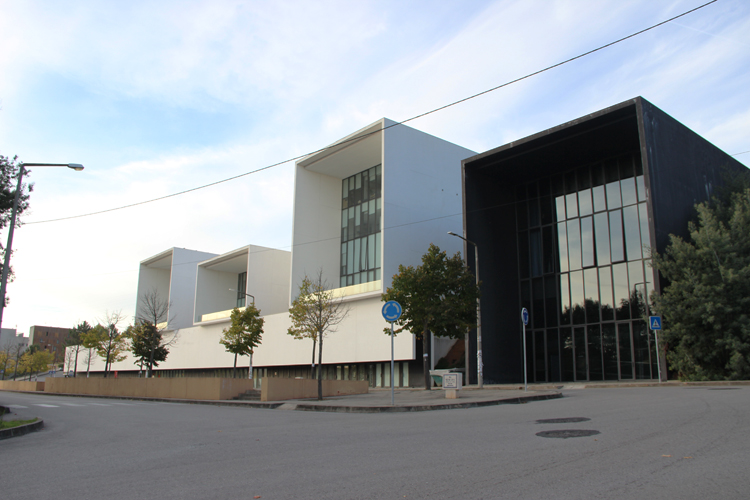Heritage Coimbra
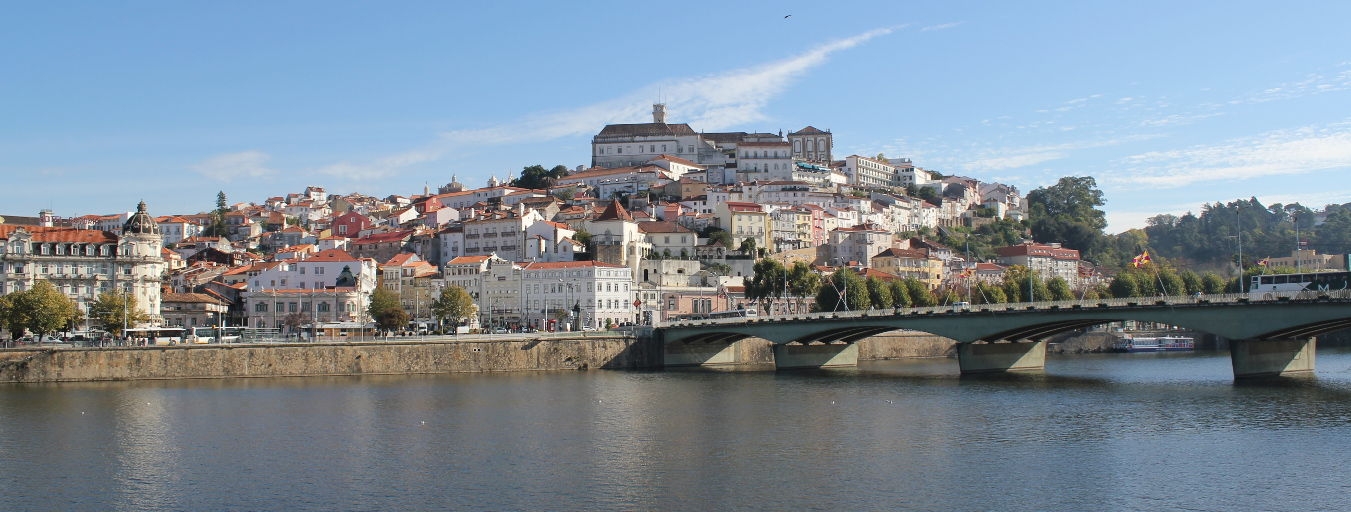
World Heritage
In 2013, the University of Coimbra, Alta and Sofia were included on the UNESCO World Heritage List on the buildings but also includes the intangible dimension, which promotes the University of Coimbra as diffusing and construction of the Portuguese language and culture for centuries . With about 35.5 hectares of classified area and more than 81.5 hectares of buffer zone, targeting an impact that aims to increase the recovery of the housing and developing projects that promote the beautification and improvement of Coimbra.

Coimbra University
One of the oldest universities in Europe, it was founded in Lisbon by D. Dinis in 1290, and transferred to Coimbra in the year 1537, occupying the buildings of the medieval royal palace. This has undergone several changes, both at the school level and at the level of infrastructure, and the new buildings were built in the Baroque and neoclassical style during the reign of King John V and D. Joseph. Noteworthy are the following built.
Baroque library
Erected in 1717, under the orders of King John V, this is the most famous library of Portugal, largely due to its peculiar style, being composed on the top floor of three rooms that communicate through arches decorated in polychrome wood. The walls of this are filled by shelves lacquered different colors with golden chinoiserie. Typically the Baroque, its ornate ceilings with optical illusions. Welcoming more than 60,000 volumes, which arise from the twelfth century to the eighteenth century, with topics from the areas of law to theology and philosophy.
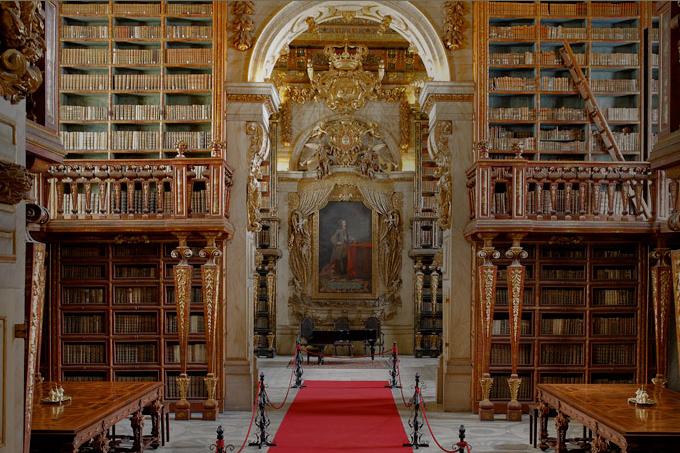
S. Miguel Chapel
Built in 1517 under the supervision of architect Marcos Pires, its façade has a door in the Manueline style and a neoclassical side. Already inside, is a Baroque organ 1733 style D. João V with gilt and chinoiserie. The ship’s walls are covered with tiles of the seventeenth century while the chancel dating back to the eighteenth century. Finally, its altar 1605 has a work mannered.
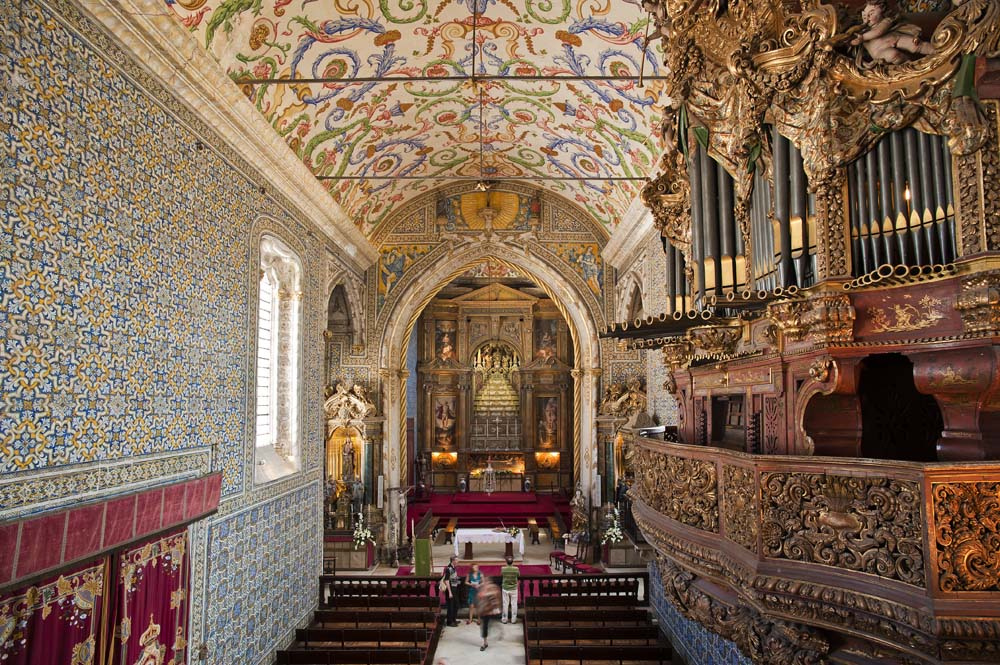
Medieval and Academic Prison
An institution that contained a prison place for school convicts in private, was how did this prison, located on the ground floor of the Library and is composed of small vaulted rooms in which two are medieval structure without direct sunlight.
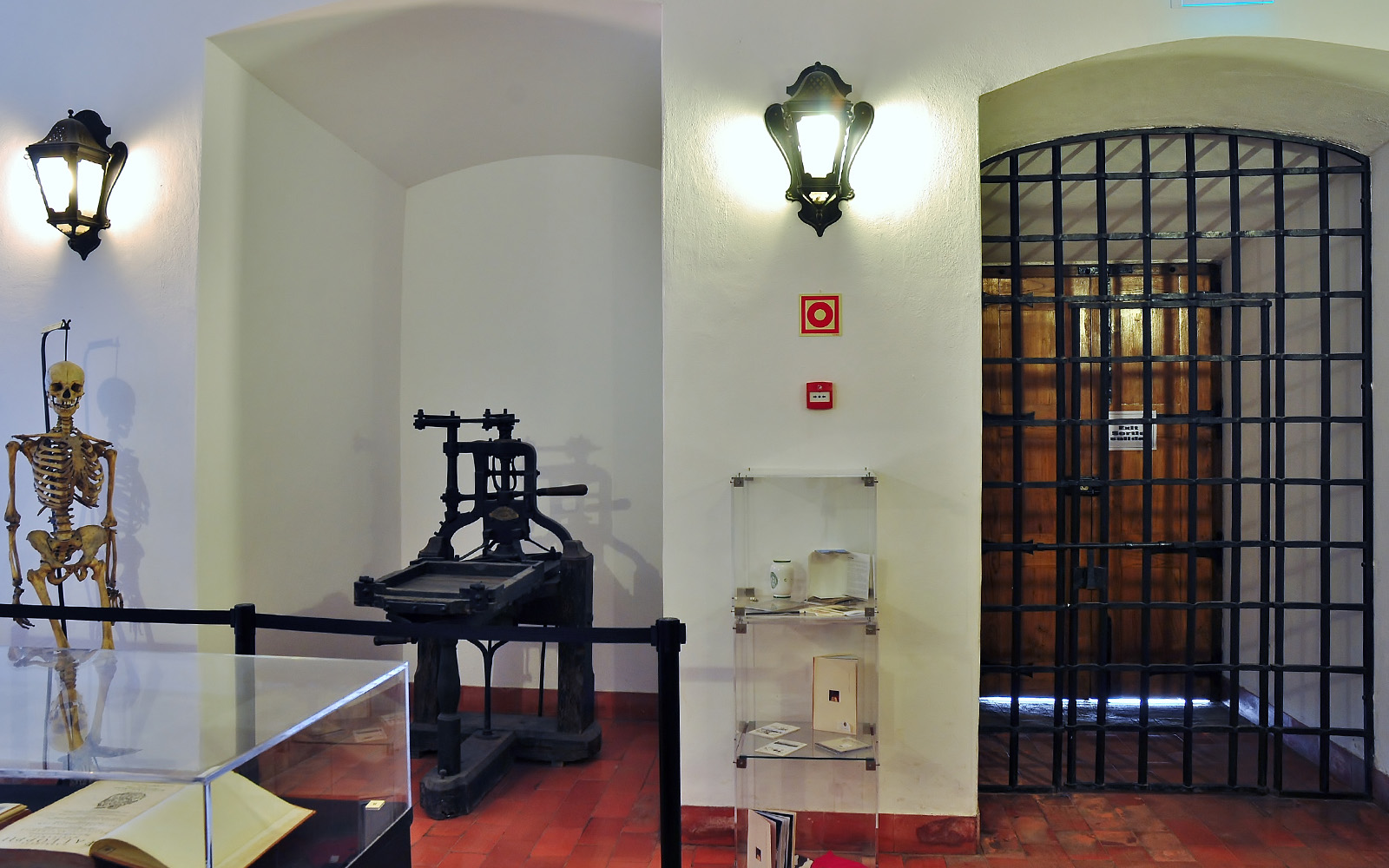
Weapons Room
As part of the royal wing of the old palace, this hosts a panoply of weapons of the Royal Academic Guard that are used by Halberdiers in the formal academic festivities today.
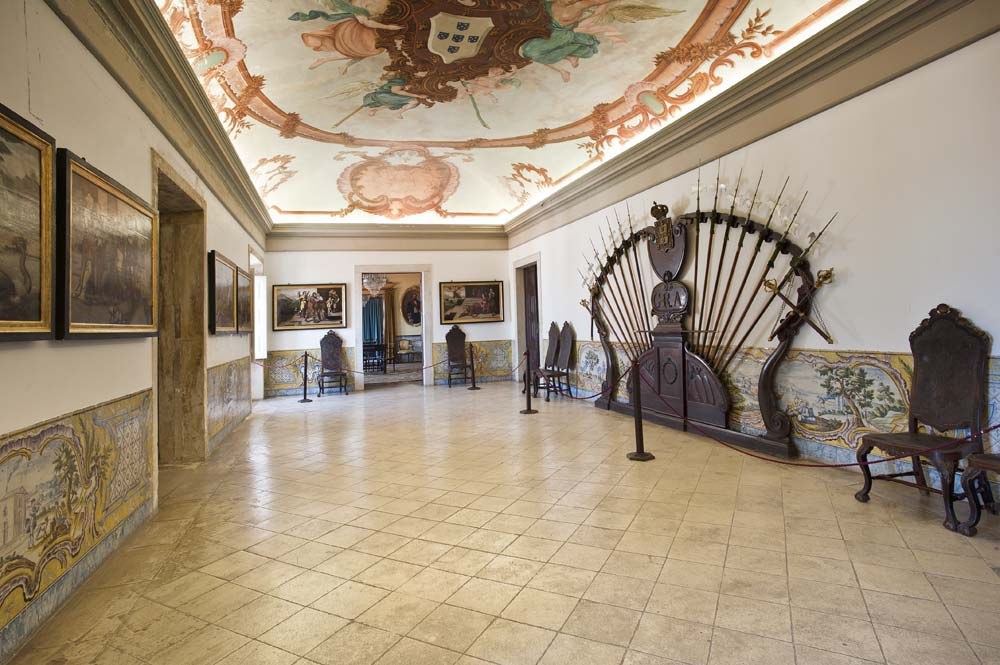
Hall of Capelos
Currently this room are major academic events such as the solemn Doctorates “honoris causa” Investiture of the Rector and Solemn opening of classes. Formerly the Royal Palace throne room of Coimbra and was remodeled in the seventeenth century, obtaining the current aspect.
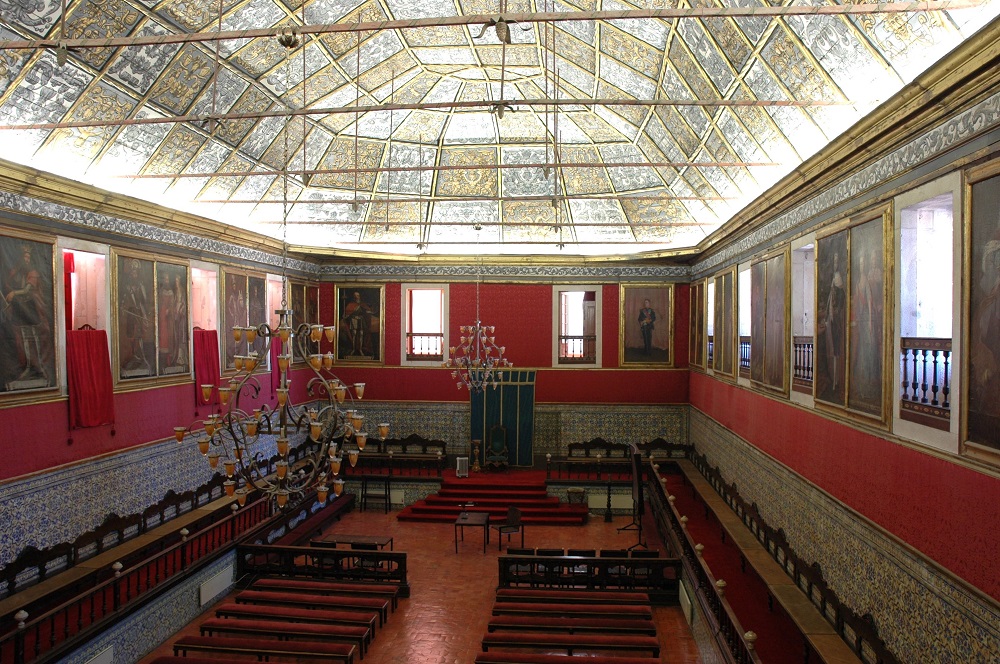
University Tower
Element that represents the entire university life, his watch told the time of study, life, bohemian and youth that made Coimbra your home. Their bells were marked rhythm and ritual of the rest time, study and fun. Its construction originated from the reign of King John V and the current appearance comes from changes made by Gaspar Ferreira, initiated in 1728 and completed in 1733.
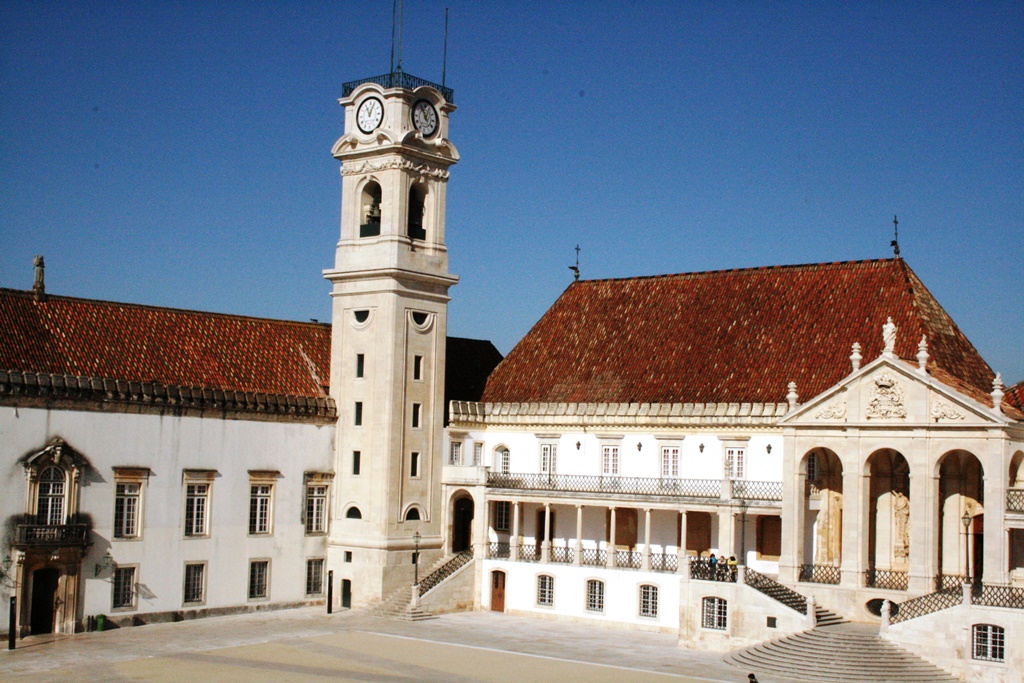
Private Examination Room
Until the second half of the nineteenth century, this room stemmed private tests, which predated the doctorate and was renovated between the years 1701 and 1702, leaving only the portraits of presidents who presided here from the sixteenth to eighteenth centuries.
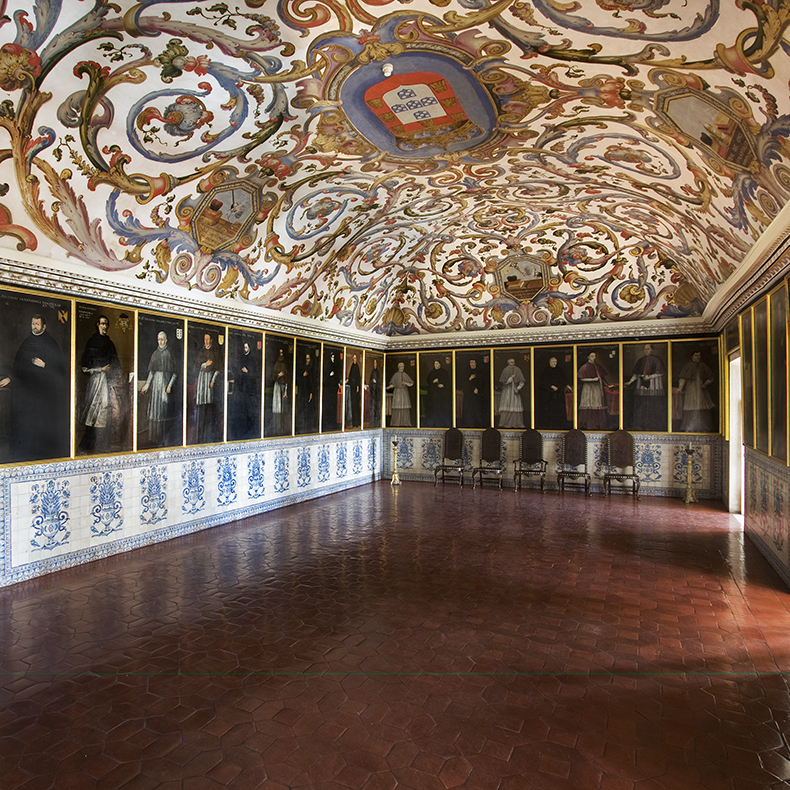
S. Sebastião aqueduct
A work of the sixteenth century, which was approved of an ancient aqueduct from the Roman period, its arch of honor is monumental and at the top is one pavilion with two martyr sculptural San Sebastian and San Roque.
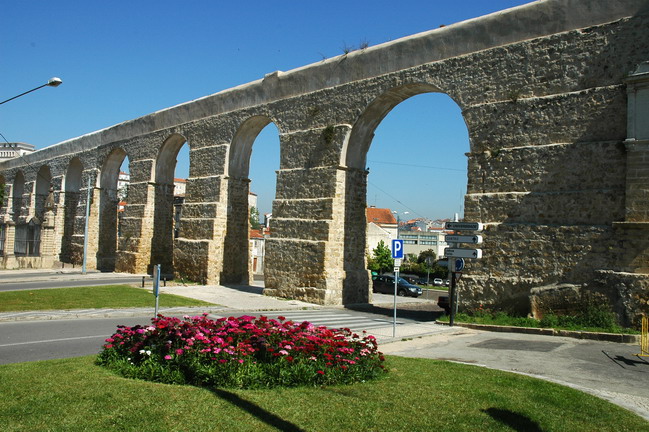
Arch and Almedina Tower
Being the main gate of the medieval wall, the oldest part dates back to the ninth century, with two turrets joined by an arc. Currently, it appears unchanged since the beginning of the sixteenth century with a request for improvement in order of D. Manuel I.
About Almedina Arch, this tower was aimed at defense and guard the access door to the inside of the wall. Traced back to the eleventh century, at the time of D. Sesnando this over the centuries was remodeled, housing other functions as the seat of municipal and judiciary. Today, here is the Center of the Walled City and Interpretive Center, which depicts the history of the wall and Coimbra in the Middle Ages.
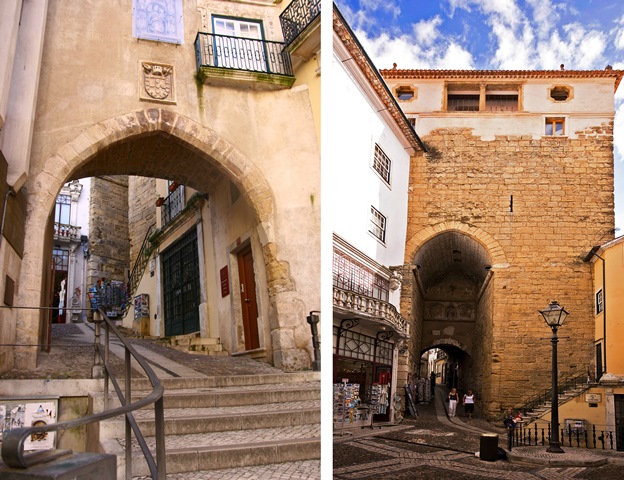
Santa Teresa Carmel
Located near the Penedo da Saudade, it was built for the Carmelite Sisters, during the eighteenth century, but after an interval of 40 years, only in 1950, this community-resettled in the convent, which became a religious tourist spot of Coimbra, because here the last seer of Fatima, sister Lucia died in 2005.
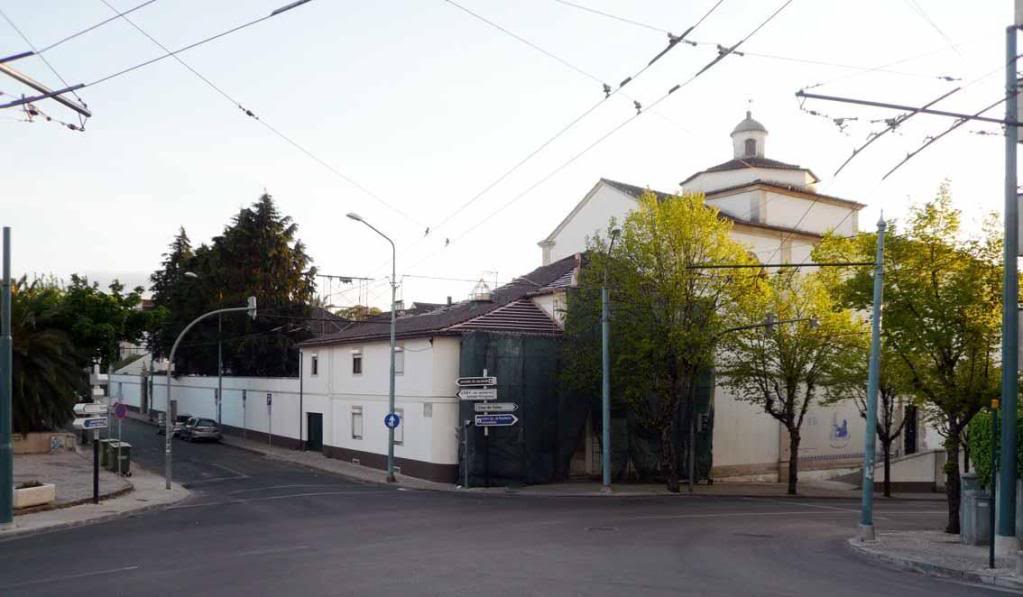
Santo Agostinho College
Started its construction in the year 1593, its main cloister 1589 deserves a highlight, with a triangular pediment which includes St. Augustine image, patron of the school. Their functions are the Faculty of Science and Psychology, University of Coimbra.
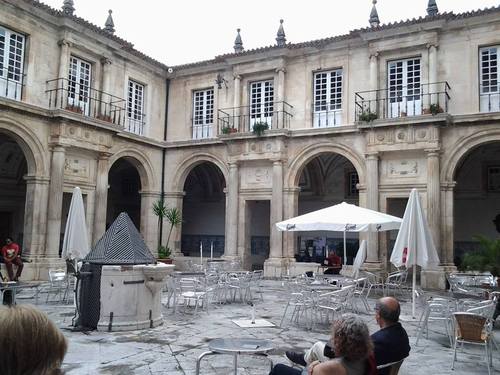
São Tomás College
From the sixteenth century, it has undergone various works of rehabilitation and remodeling, one of the main that took place in the nineteenth century, who adapted the old high school space for residence of the Counts of Ameal, and in the twentieth century has been adapted to the Palace of Justice. This is still preserved cloister attributed to Diogo de Castilho. Currently, this built stand out from the panels of narrative tiles by Jorge Colaço, which are the walls of the lobby.
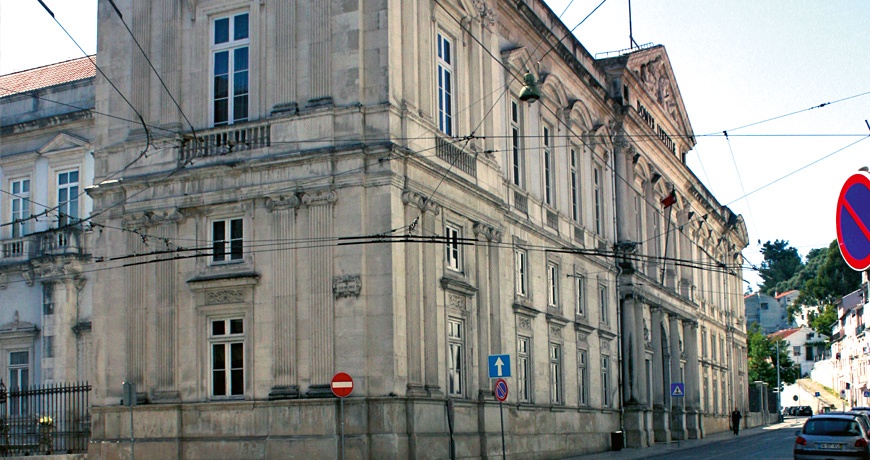
New fountain
Also recognized as Source of the Jews, it existed in 1137 and was later remodeled and presenting today as a Baroque building. The staircase was completed only in 1986.
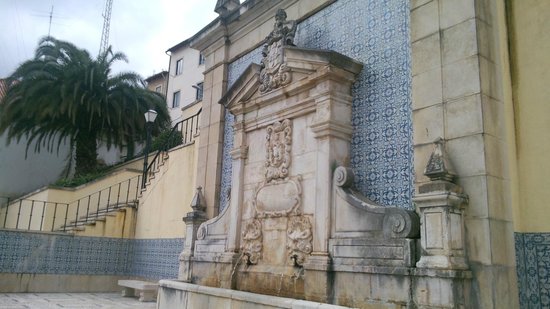
Nossa Senhora do Carmo Church
Your school was founded in 1542, while the church was built in 1597 and its attached cloister follows the Coimbra sixteenth century traces of the Renaissance of the year 1600. In the sacristy, there is the Deposition of Christ in the Tomb of Jean de Rouen . In the nineteenth century, this area was donated to the Third Order, which still remains.
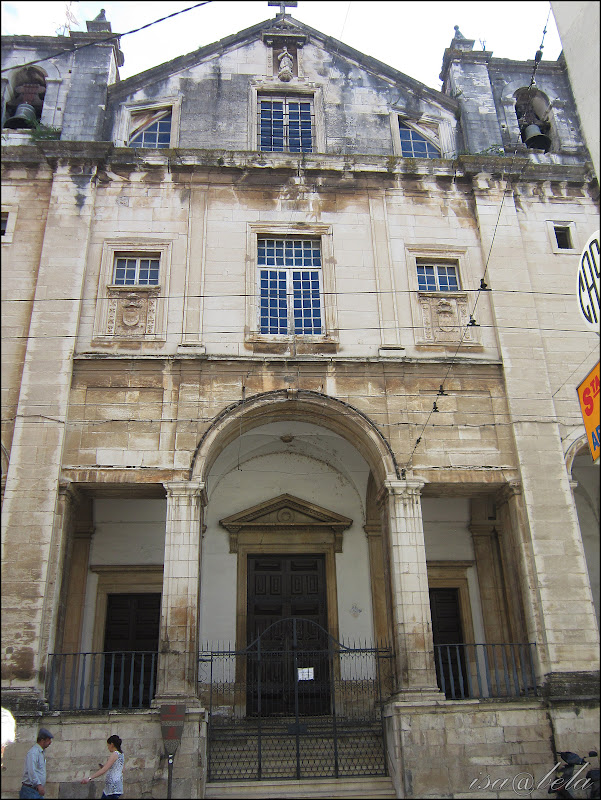
Santa Cruz Church – National Pantheon
Under the sponsorship of D. Afonso Henriques, its construction began in 1131 and later given to the order of the Canons Regular of St. Augustine. This romantic design of the church was designed by the French architect Roberto. Among the works promoted by King Manuel I, the vaults are highlighted, the Manueline stalls that alludes to the Portuguese discoveries. This are buried Afonso Henriques and Sancho I, the first kings of Portugal.
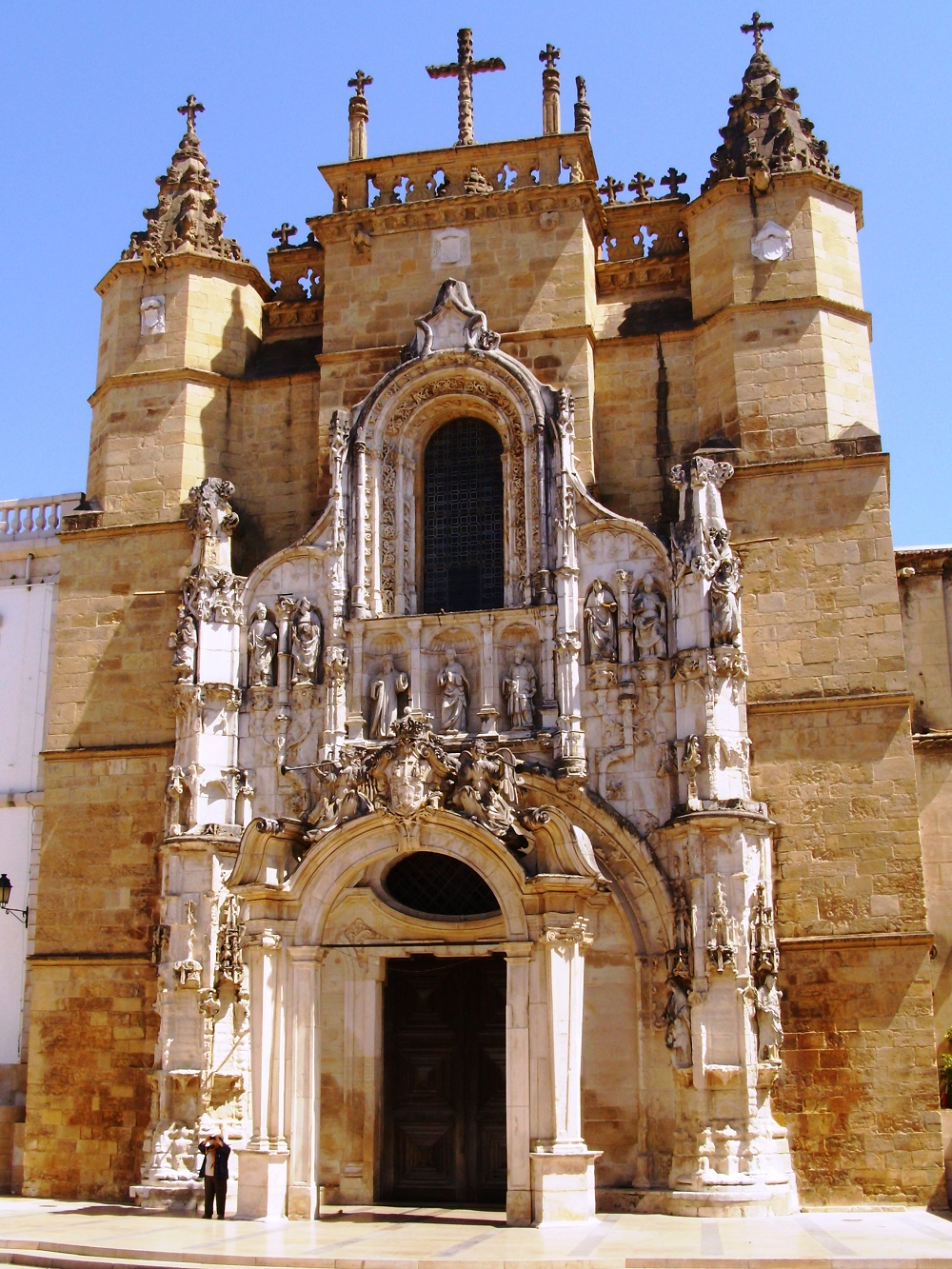
Santa Justa Church
Its first building was in the twelfth century, while elsewhere, moving to the present site in 1724. With a single vault brick, it houses in its chapel, a baroque altarpiece of John V. reign Its facade flat with three floors, is flanked by towers.
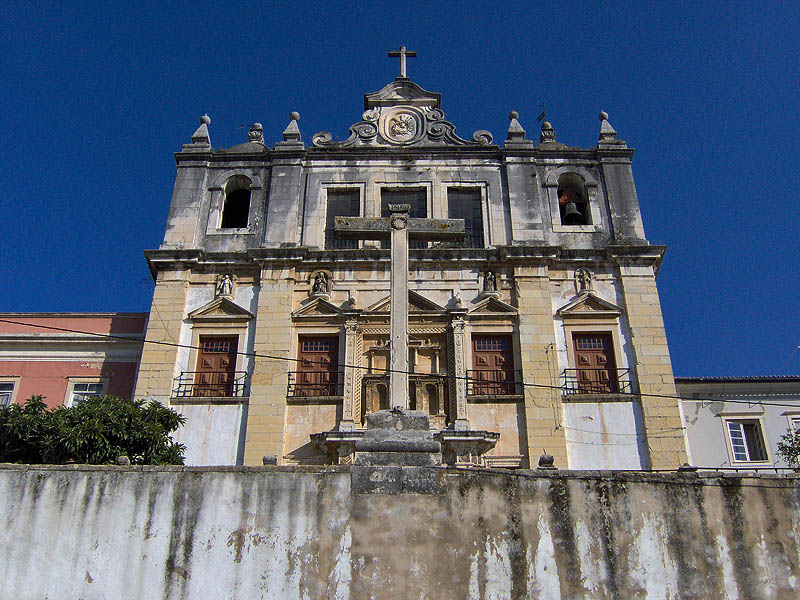
Santo António dos Olivais Church
Urraca, wife of King Alfonso II, in 1217 donated the chapel to the Franciscans, who had come to Portugal, and here were precariously. In this community, Fernando de Bolhões known as Saint Anthony of Lisbon, took Franciscan orders and in 1232 was canonized. At present, this building features Baroque layout of the eighteenth century and its interior stand out the tiles representing St. Anthony’s life.
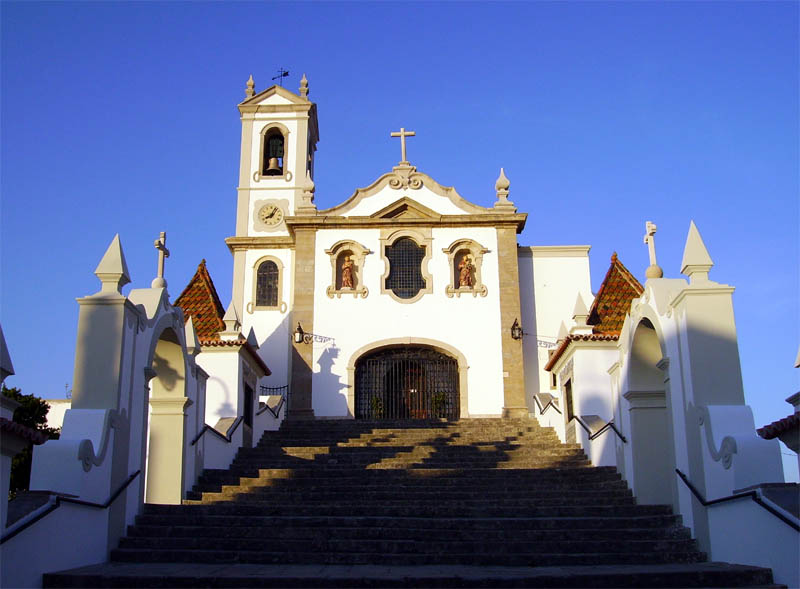
São Bartolomeu Church
From the tenth century, it was remodeled during the following centuries. Noteworthy are the Baroque altarpieces in its interior, gilded, in the chancel there is a screen represented the Martyrdom of St. Bartholomew, another altarpiece in Mannerist style sixteenth century highlights is the paintings that relate to death and Christ’s resurrection.
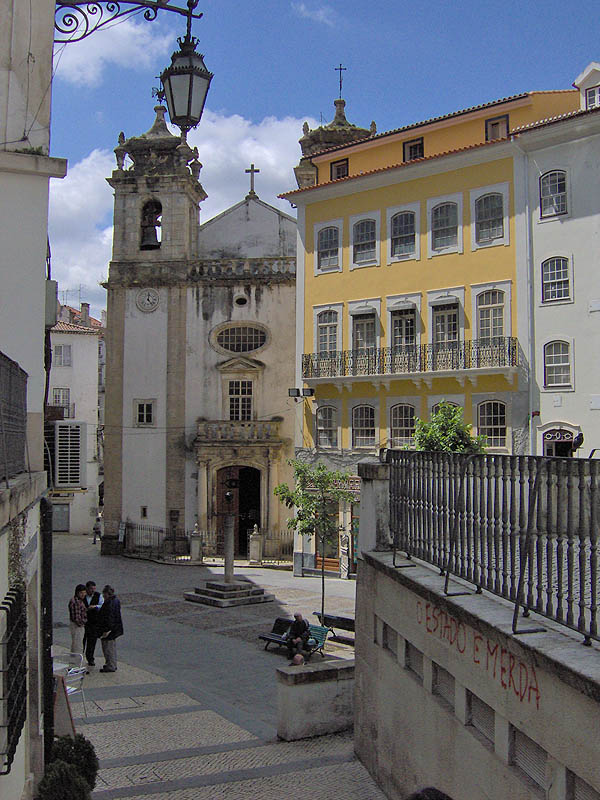
São Tiago Church
A romantic building of the late twelfth century, its main portal features a geometric decorative scheme similar to the Old Cathedral, its side includes a decorative shells which depicts the patron Saint James and its wooden interior, has become a local prayer.
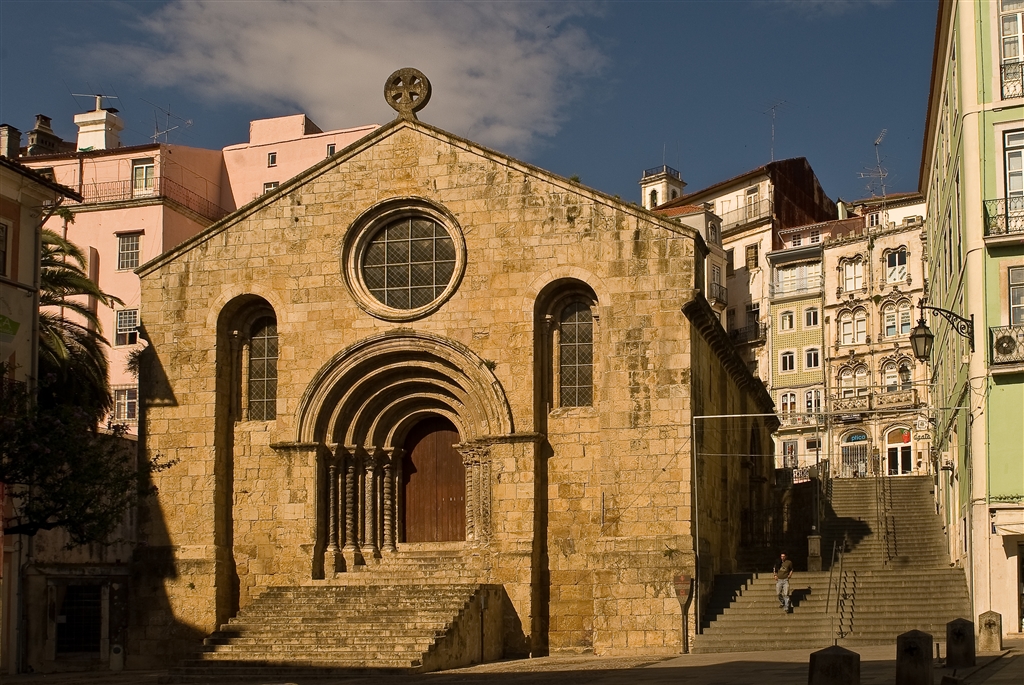
Graça College’s Church
In 1543, was founded by King John III, who belonged to the order of the Hermits of Saint Augustine Shoes., With its church and cloister are the first studies in Coimbra in the classical style of the Renaissance.
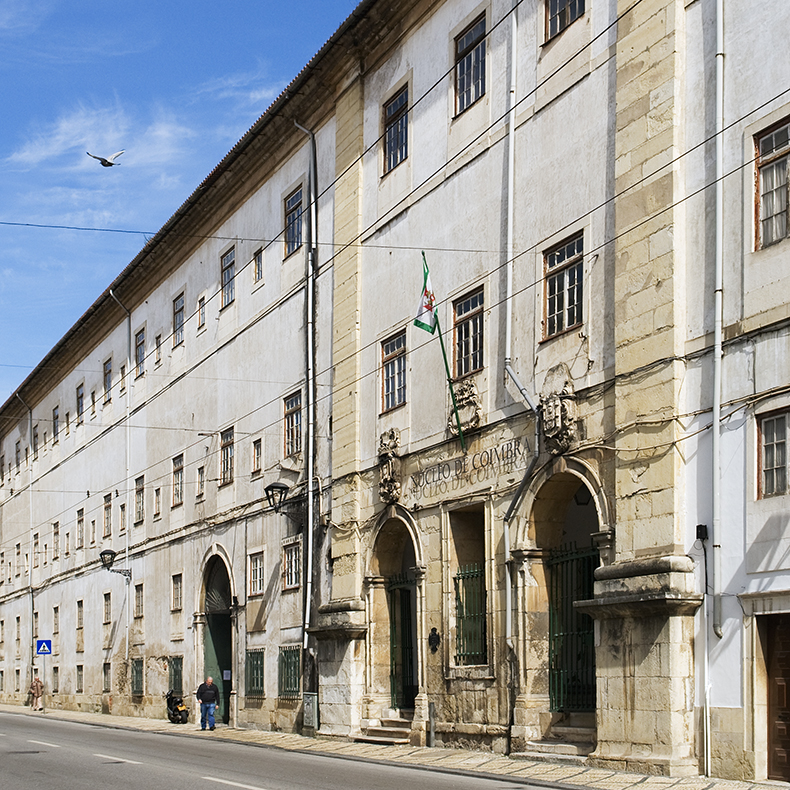
São Pedro College’s Church
Built in 1540, this was primarily for the poor clergyman. Your temple, along with the cloister are simple elements that follow the outline of the churches of neighboring schools, rising in the Coimbra Renaissance style.
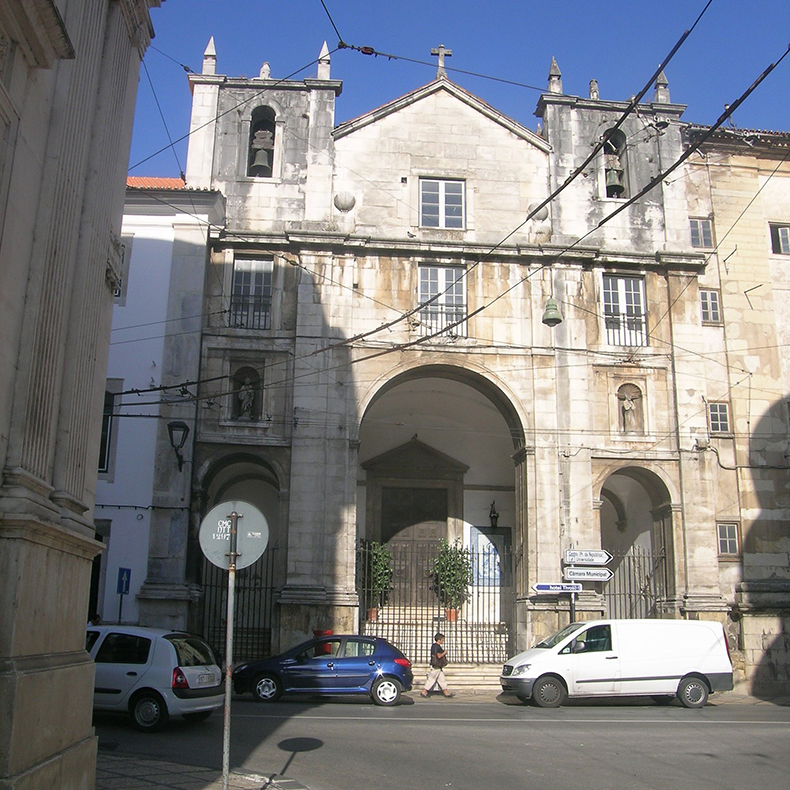
Salvador Church
Having been rebuilt in the eighteenth century, which emphasizes the romantic portal of 1179, along with the altarpiece of the chancel, a rococo style, dating back to 1746, the chapel of St. Mark presents an altarpiece Rouen John’s authorship of year 1540 and the narrative tiles are from coimbrão manufacture of the eighteenth century.
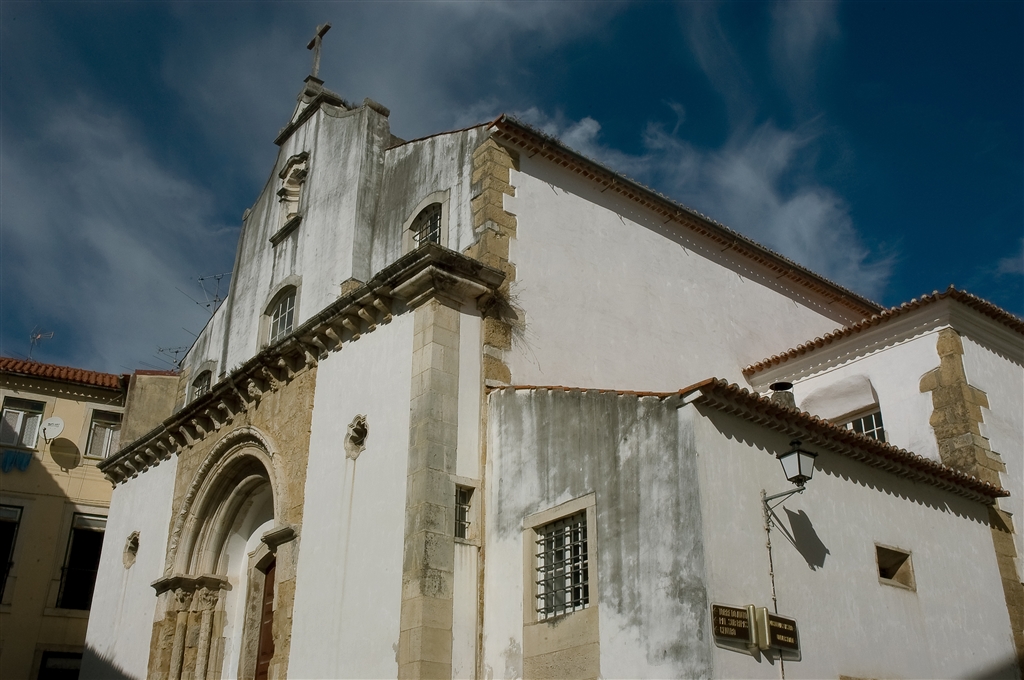
Celas Monastery
Founded in 1213 by Dona Sancha, daughter of the second king of Portugal. Suffering restoration work between the sixteenth and eighteenth century, this changed its original design, except the church, choir, chapter house and cloister are a great Gothic example in Portugal. In the cloister we highlight the historian capitals of the thirteenth and fourteenth centuries.
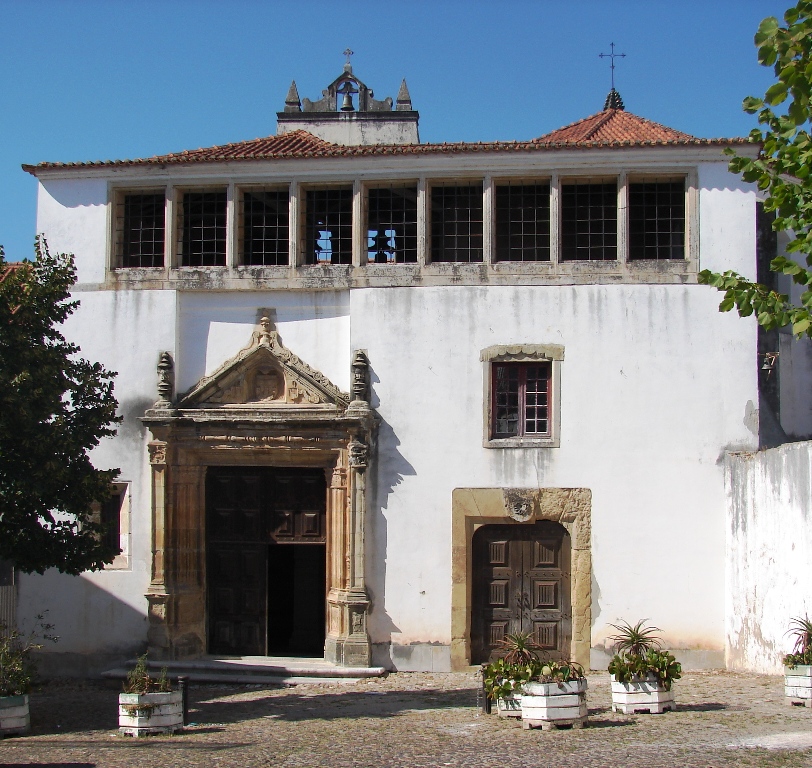
Santa Clara-a-Nova Monastery
A monastic complex that replaced the early convent of Clarisse nuns, which was destroyed by the river Mondego. In the Baroque, sober and utilitarian style, your church has an altarpiece in the chancel, an urn of silver and crystal seventeenth century, in which the body of Queen Santa Isabel is revered. But the primitive tomb of the patron saint of Coimbra, was made by Master Pêro in 1330.
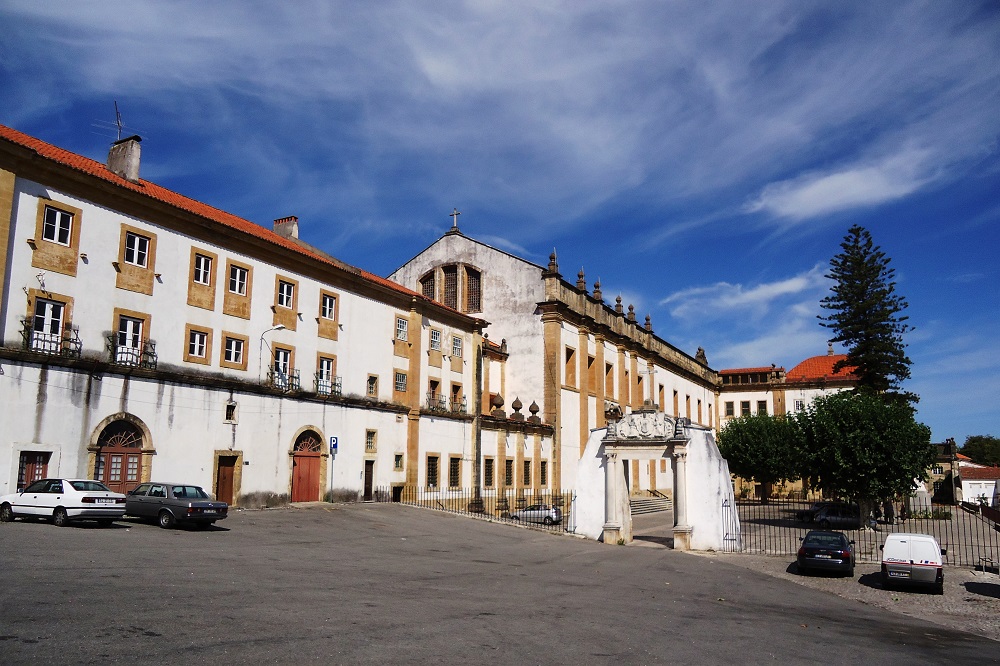
Santa Clara-a-Velha Monastery
Erected in 1283 by D. Mor Dias, this was handed over to the Poor Clare nuns. In 1330, Queen Santa Isabel, Dona Isabel of Aragon developed an interest in this convent, sending construct new buildings in the Gothic style, which highlights the cloister and the church. Due to the flooding of the river Mondego, the nuns moved to the new buildings of Santa Clara-a-Velha. In the fourteenth and seventeenth centuries, now has an interpretive center, after a recovery project of the National Monument and Archaeological Site.
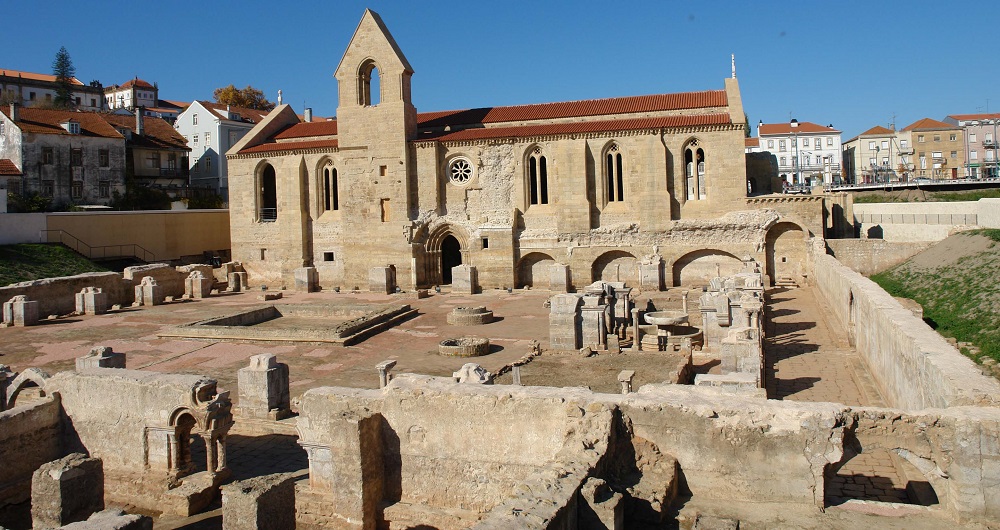
Sub-Ripas Palace
This presents two different bodies, called Casa de Cima / Arch House and the House of Low / Tower House, with a Manueline portal of the sixteenth century, give this palace unique beauty element.
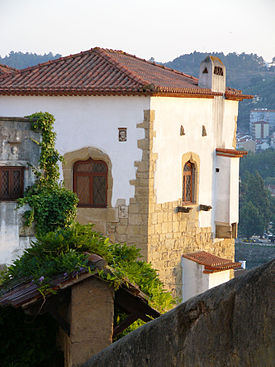
Inquisition Patio
Its name comes from the building set that have a great historical and architectural value, which ran the Inquisition from 1566 to 1821. This courtyard housed the primitive College of Arts and later with excavation and adaptation, has to welcome the Visual Arts Centre since 2003, focused to the production of exhibitions and projects in the field of photography and image, film and video.
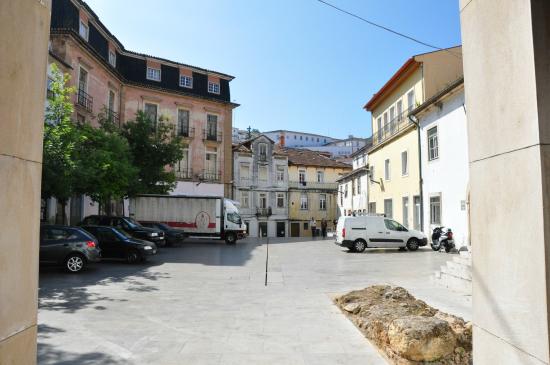
Portugal dos Pequenitos
Opened in 1940, this recreational and educational park and a tourist industry, was designed by Bissaya Barreto and designed by architect Cassiano Branco, aiming at a reduced scale a gamma of important elements of the architecture and history of Portugal. Harboring recently, the Museum of Barbie, offered by Ana Salazar Silva and Ana Sofia Ferreira dos Santos, over 300 dolls are part of his estate.
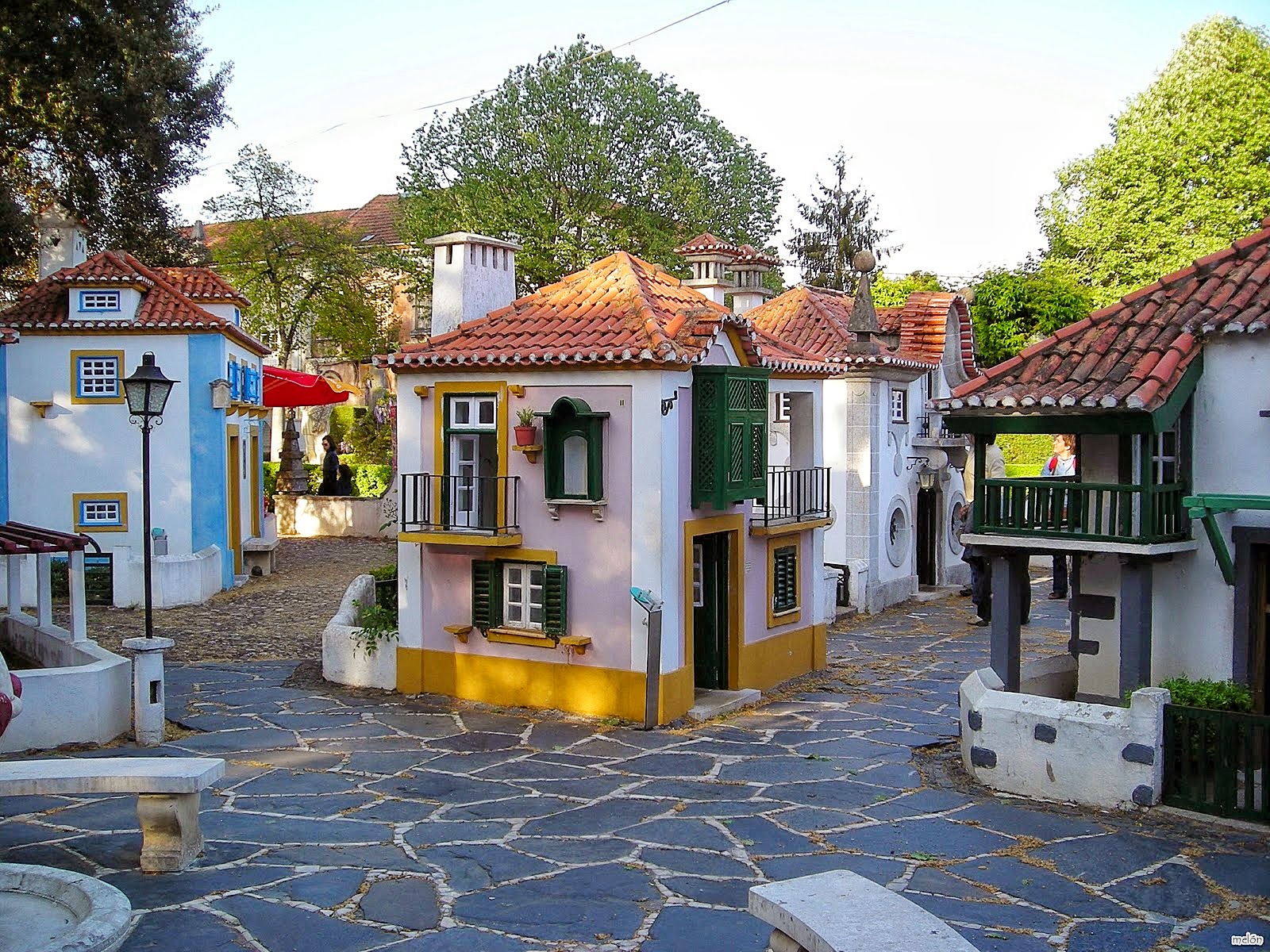
New Cathedral
Belonging to the College of the Society of Jesus to its national territory of expulsion in the year 1759. This church has undergone restoration works, but remained sacred by the year 1640.
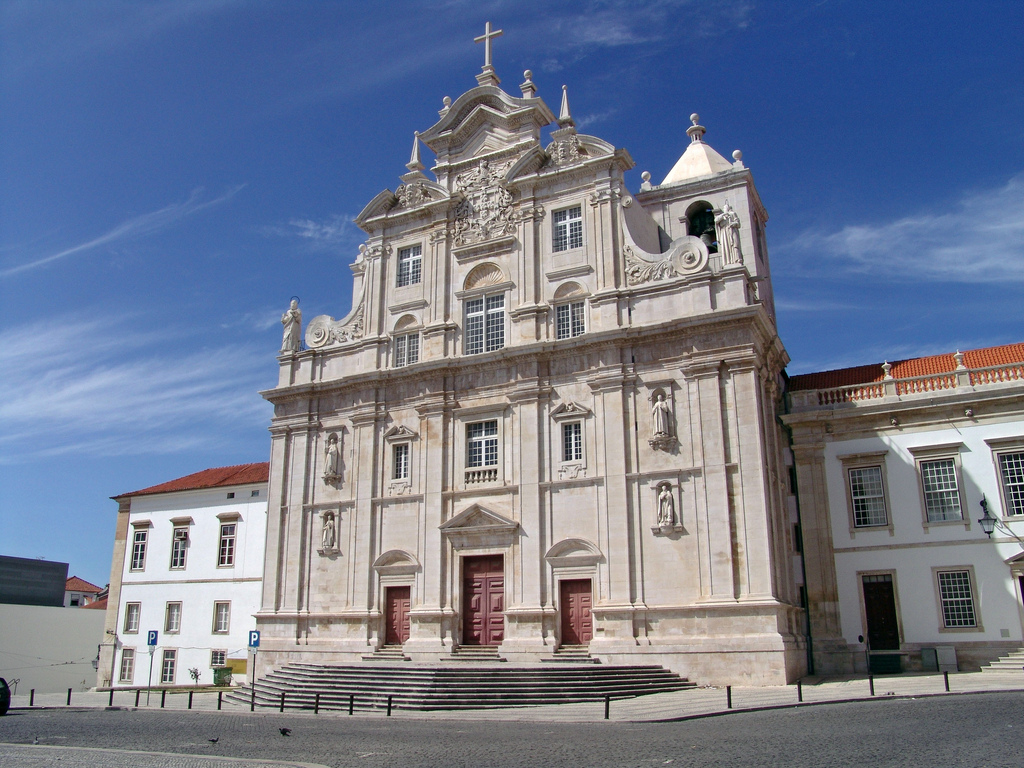
Old Cathedral
Dating back to the second half of the twelfth century, but opened only in 1184, to worship, this church of Coimbra Romanesque style, was designed by French architect Roberto. In the central portal is an Islamic-influenced décor and its side door known as “Port Specious” was attributed to Jean de Rouen, with a Renaissance decor.
Once inside, the aisles there is a triforium gallery also highlights the altarpiece of the chancel, in flamboyant Gothic style was designed by Olivier sculptors of Gand and Jean d’Ypres in 1498. Since the chapel altarpiece the Blessed Sacrament, of mannerist style was designed by Jean de Rouen in 1566.
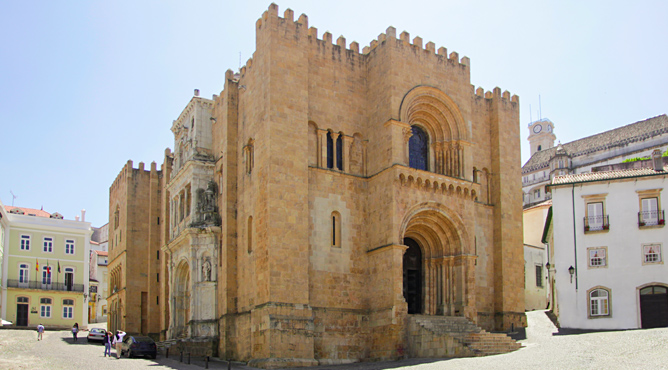
Major seminary
Starting in 1748, these buildings are preceded by a garden with a stroke of the twentieth century but in Baroque style. Its facade is composed of five bodies, and the centerpiece is from the original church.
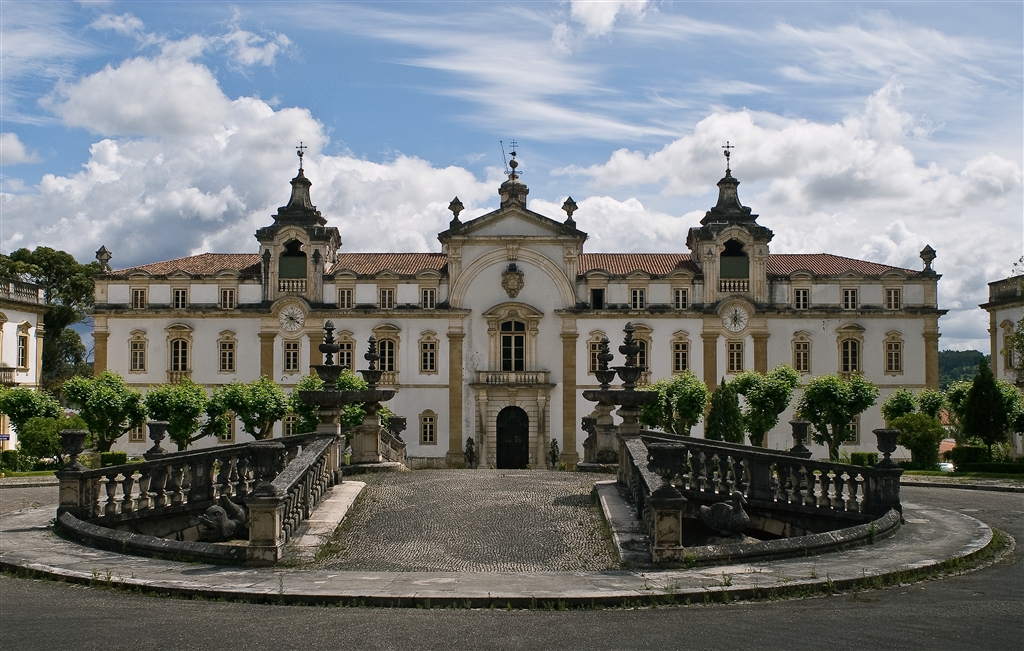
Anto Tower
Of medieval origin, this is the former about Coimbra, also known as Ameal the Prior Tower. In the sixteenth century it has undergone a reshuffle that retained to the present. Since 2015, the Center welcomes guitar and Fado from Coimbra, integrating in the Municipal Museum of Coimbra program, which aims to disseminate the artistic expression of Coimbra.
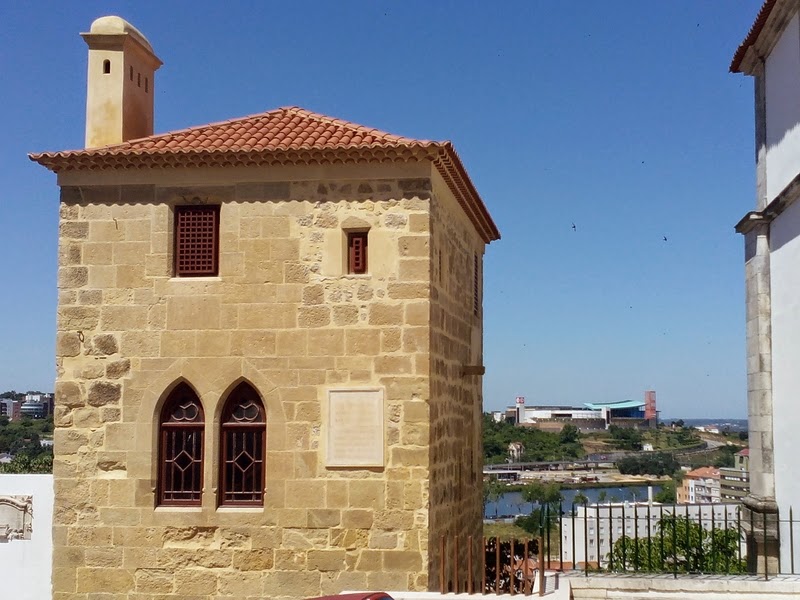
House Museum Bissaya Barreto
Hosting a collection of Portuguese tiles, the Company’s porcelains of the Indies and Portuguese contemporary paintings, this space was opened in 1986, which was previously the residence of the surgeon and professor Bissaya Barreto, which also brings together the main parts taken in by this, over 50 years life.
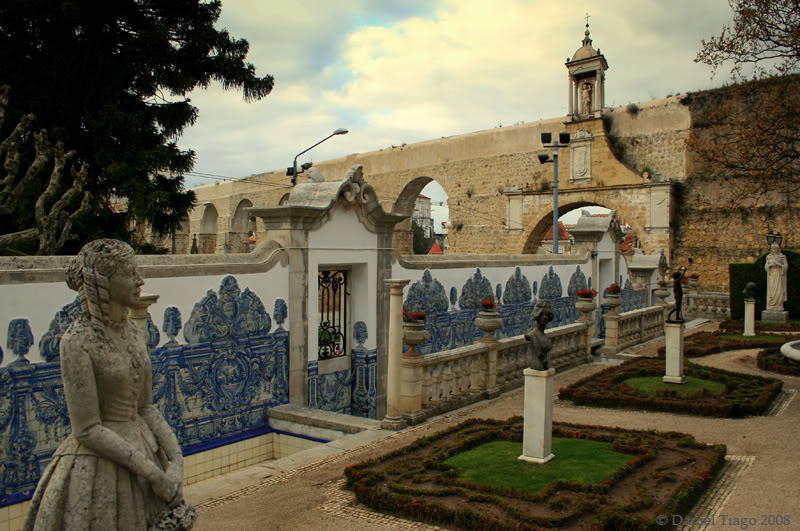
House Museum Miguel Torga
Here lived Miguel Torga, and included some of the unpublished editions of his works and a range of personal items.
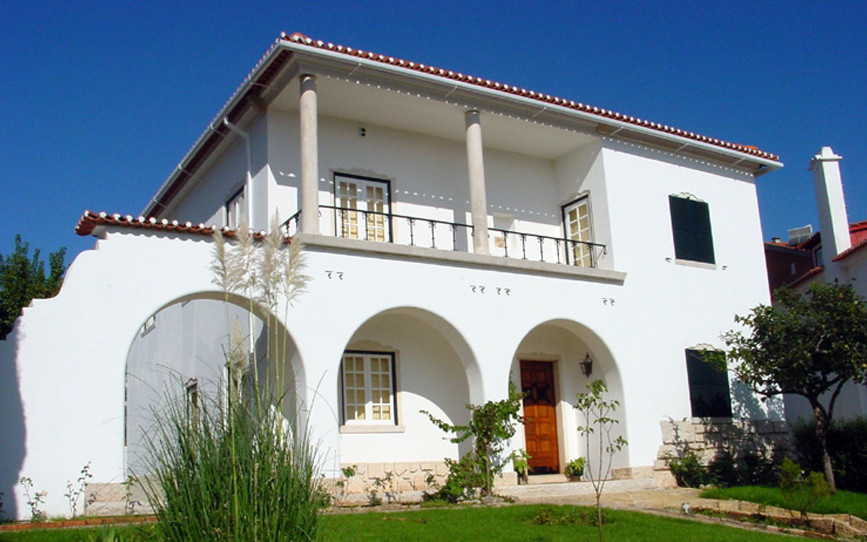
Santo António Studies Center
It offers a range of images, old and modern photographs that were collected and brought from various churches in Europe, Mexico, India, Macau and Africa, along with other objects dedicated to St. Anthony’s theme. Much of this estate was donated by the collector Alfredo Bastos and interested citizens.
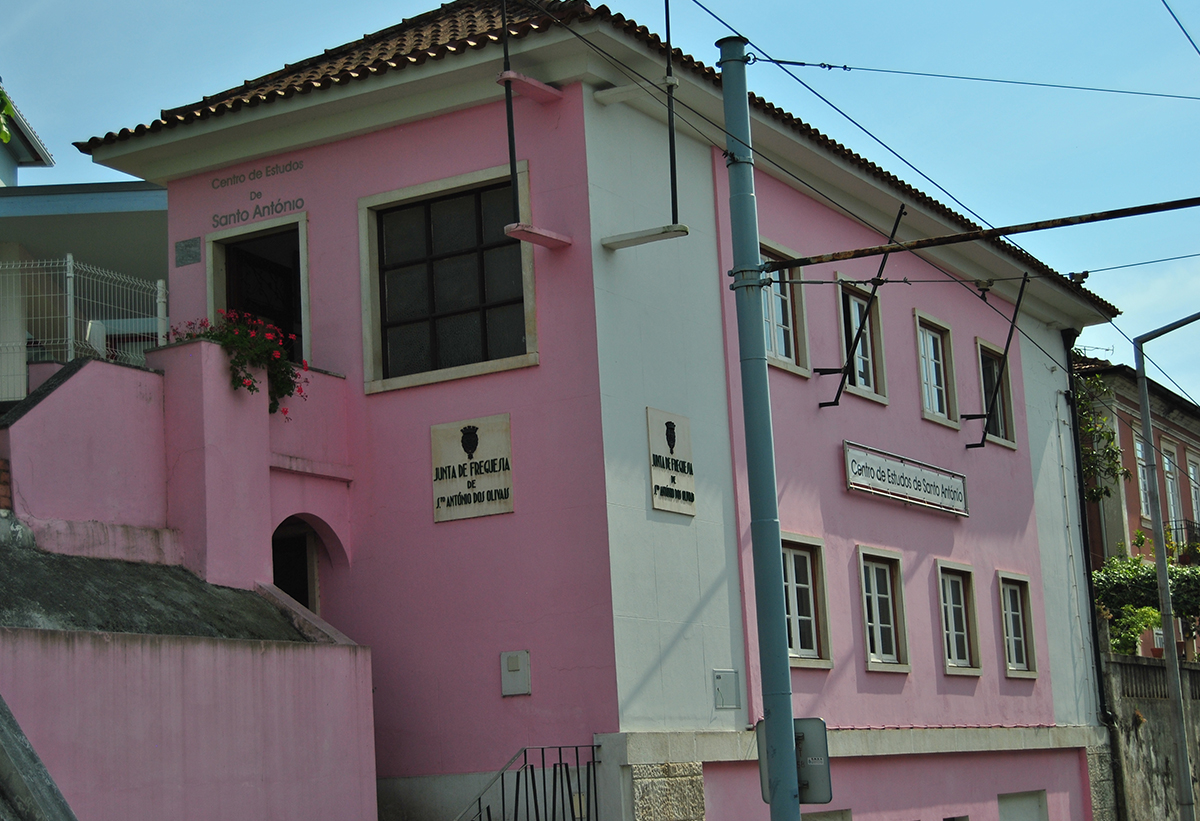
Memorial of Sister Lucia
A space dedicated to Sister Lucy, lying attached to the Carmel of Santa Teresa, this presents some objects made and used by this throughout his life, counting the time of the Fatima apparitions until his death.
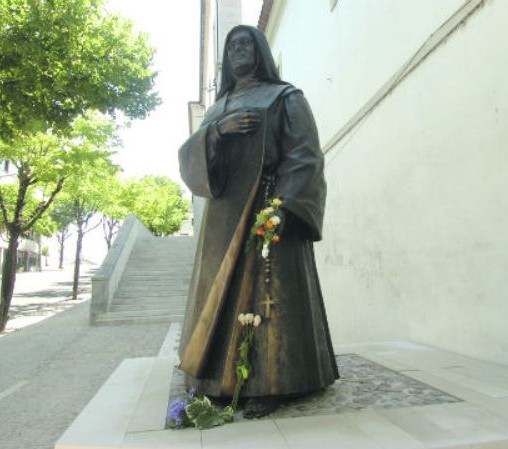
Academic Museum
This aims to preserve, collect and disseminate cultural values, social, artistic academic community, presenting various collections, including academic costumes and photographs documenting the life and history of academic students of the University. The first museum that also had such estate was created in 1951, which brought together exhibitions organized by Associação Académica de Coimbra and the burning of the Central Committee of the 1950 tapes, currently is working in St. Jerome School.
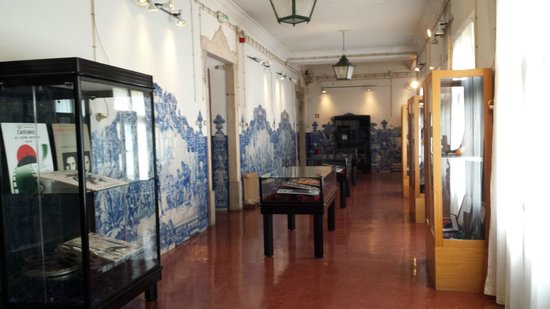
Water Museum
In Dr. Manuel Braga Park, this museum has occupied the former Water Intake Station, which dates back to 1922. This space welcomes the memories of the relationship between Coimbra and the Mondego river, a cultural Poker Client investing activities, events, exhibitions painting, sculpture, video, book publishing, concerts, among other topics.
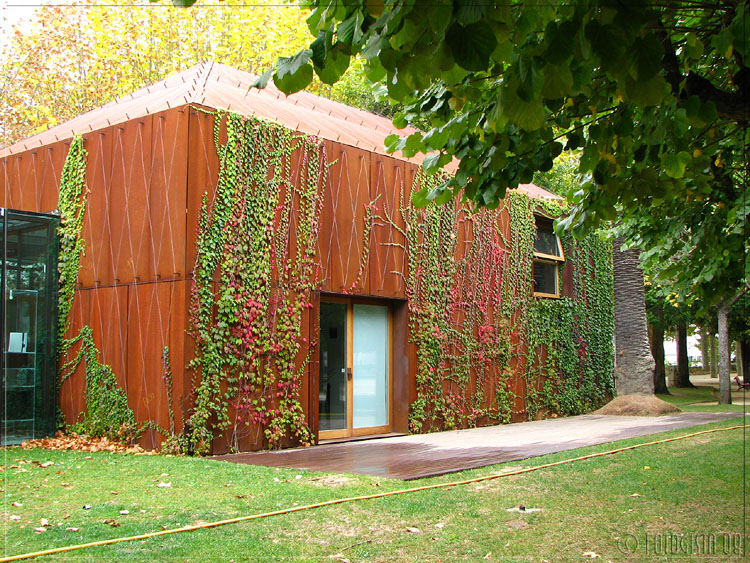
Museum of Science
An interactive space which aims to publicize science to the general public through scientific instruments collections of the University of Coimbra, promoting a range of activities and experiences. This was awarded by the Portuguese Association of Museology, hosting the awards for Best Service and Best Educational Application of Multimedia Management. This includes museums of physics, Zoo, Botanical and Mineralogy, who now have the Galleries denomination.
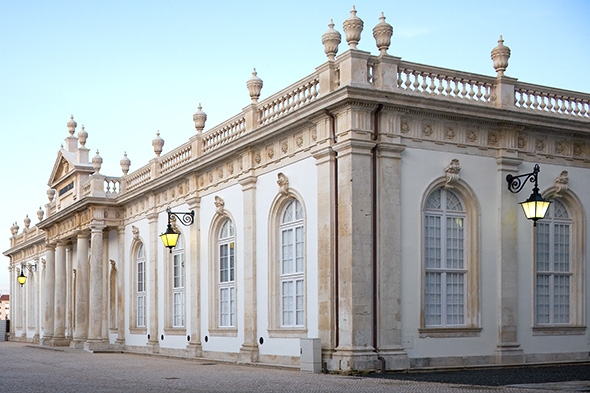
Santa Casa da Misericórdia Museum
In a 1593 building, this museum brings together a diversity of works of art, promoting temporary exhibitions, since 2000, the year of its foundation, the same year the celebration of the 500th anniversary of the founding of Mercy. This museum is at the College of Wisdom.
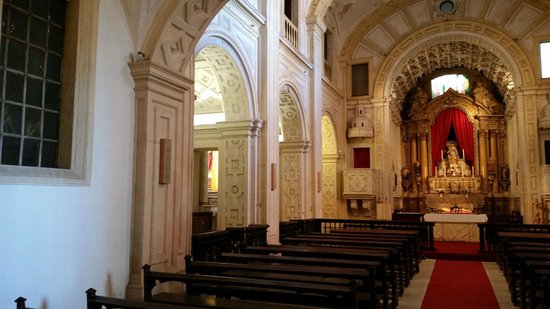
Municipal Museum – Chiado Building
A perfect example of ferra architecture, this building was opened in 1910 and which was installed the Municipal Museum which houses a collection of art donated by the couple Telo de Morais, who represents the Portuguese paintings from the nineteenth and twentieth centuries, including ceramics , sculpture, silver and real estate.
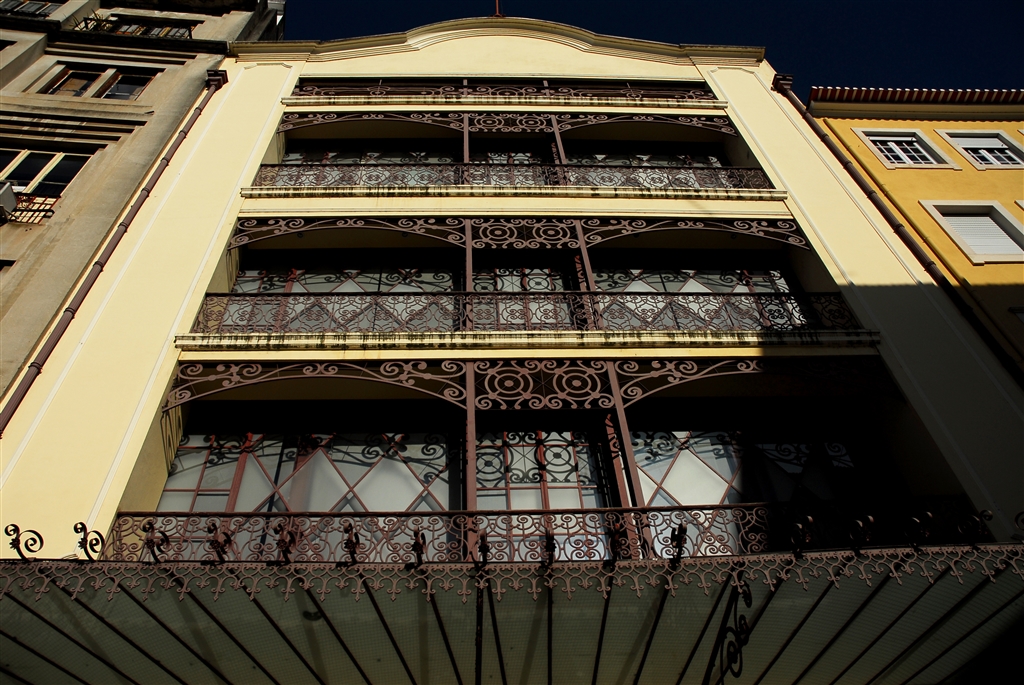
National Agricultural Museum
This aims to provide knowledge about the evolution of the activities and agricultural technologies in the Agrarian School of Coimbra, this is composed of three sectors: educational museum, agricultural machine museum and wine museum. This first located in the Bishop’s House and offers a variety of objects related to the knowledge of the Agricultural School; the second question has several parts and agricultural machinery, testimonies of early agricultural mechanization; and the last is in the old school cellar, with diverse material on wine activities.
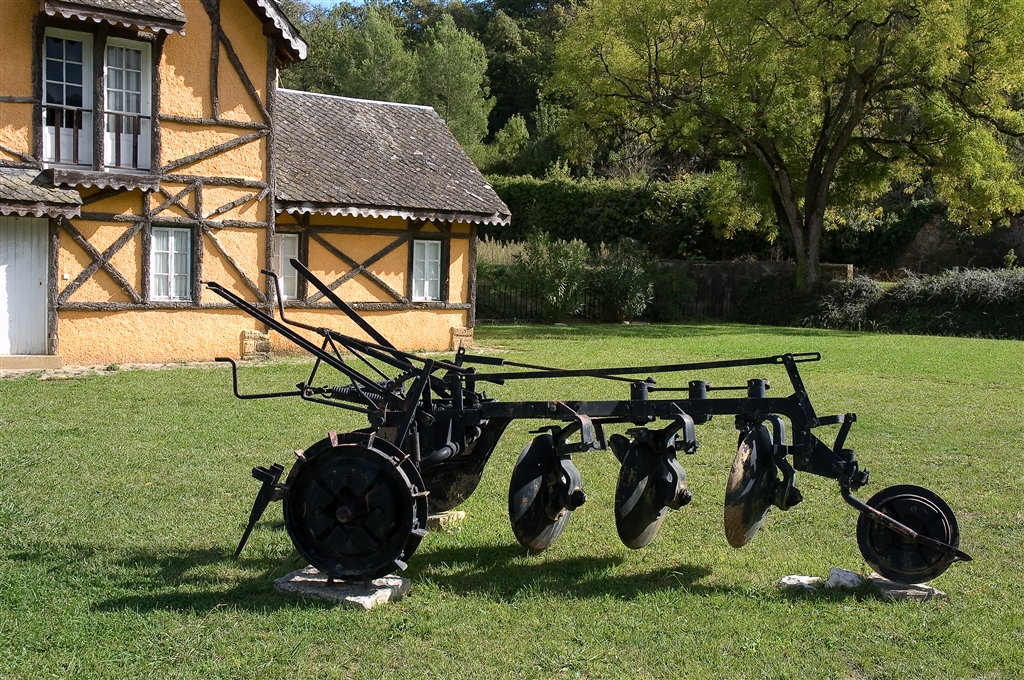
National Museum of Machado de Castro
Featuring a collection with over a thousand by the sculpture, painting, ceramics, jewelery and textiles, with more than two thousand years of history and 120 belonging to the National Treasury, this museum was renovated according to Gonçalo Byrne authoring architecture.
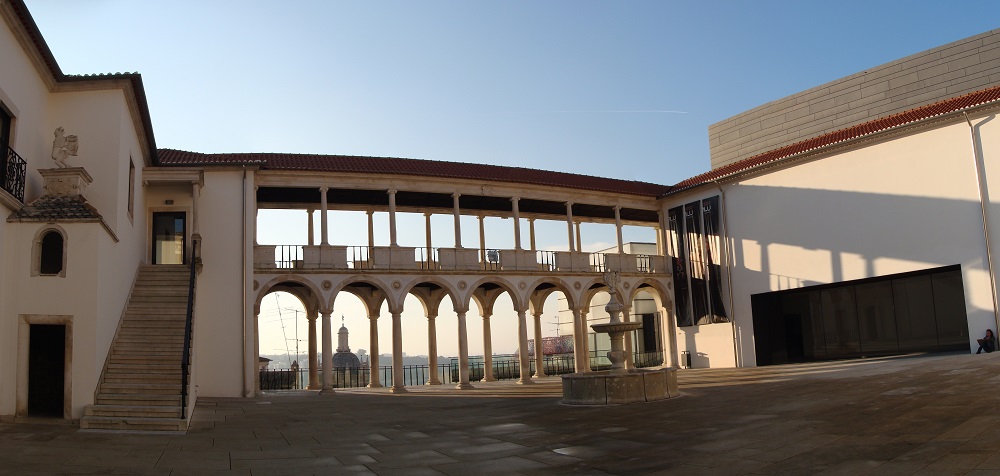
House Writing
An infrastructure that promotes the production of texts by the presence of witnesses or just by viewing documentaries and fictional films. In this house lived the family of the poet and essayist John Joseph Cochofel, which encouraged creative thinking, creative literacy and interventions on the rising neorealism. Currently this house offers various writing workshops with independent achievements or in partnership with associations such as the Portuguese Writers Association, the National Reading Plan, among others.
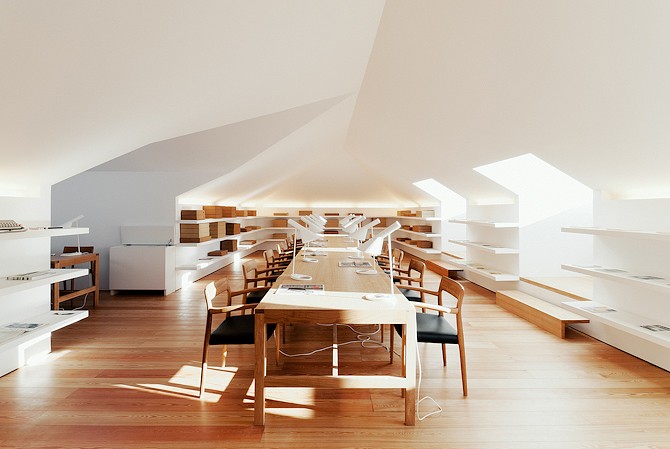
Pedro and Inês bridge
Designed and engineered by the engineers Cecil Balmond and Adão da Fonseca, this bridge was built under the Polis Programme, which aimed at linking the banks of the Mondego river, was inaugurated in 2006. With 275 meters long and four wide and its center is a square with eight meters wide. This bridge is considered as an icon of architecture, due to its engineering made bold.
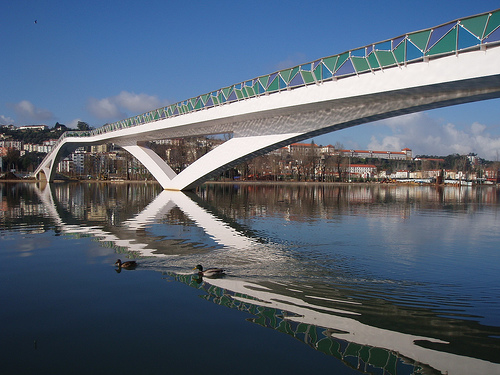
Central Portugal Pavilion
Occupying 1,375 square meters, next to the Mondego Green Park, this was designed by the architects Souto Moura and Siza Vieira for Expo 2000 event, hosting events, exhibitions, concerts for the cultural promotion of Coimbra. Currently, management is in charge of the Classic Center Orchestra.
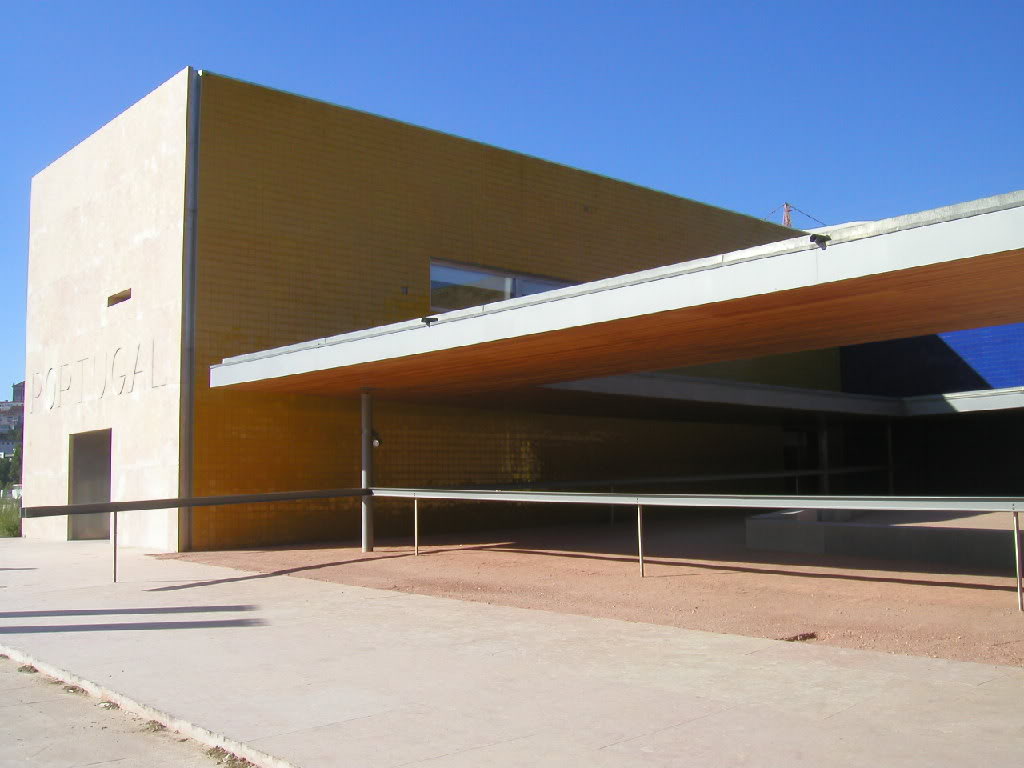
Exploratory – Coimbra Live Science Centre
Having been the first interactive center of science in Portugal, this was opened in 1995, and the University of Coimbra and its Faculty of Science and Technology were his main associates and the Municipal House of Culture of Coimbra was your host. Over the years he has been getting the recognition.
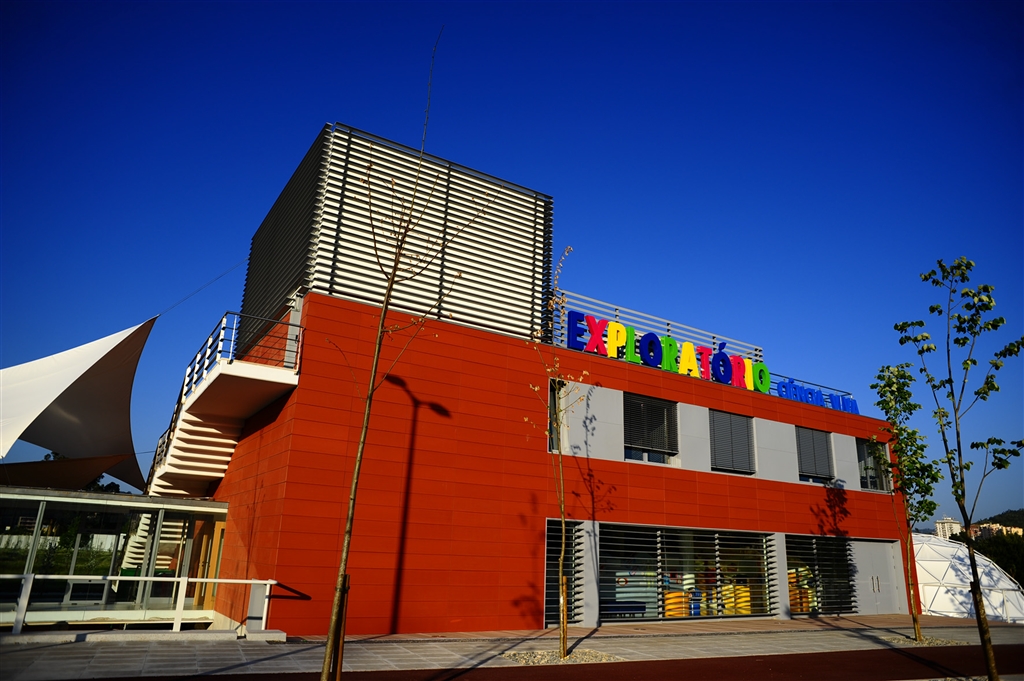
Astronomical Observatory
Developing scientific activities, promoting astronomy, this was the first major national observatory, helping in the development of this science over the years in Portugal. Currently, the Alto de Santa Clara, it promotes its recreational and educational activities focused to astronomy.
Rainha Santa Isabel Bridge
Designed and engineered by Antonio engineer Reis, this bridge is the latest link of the Mondego and consists of two carriageways with three-way home direction, linking the area of the Valley of Flowers and Campus II of the University, for those coming from IC2 or left of Coimbra.
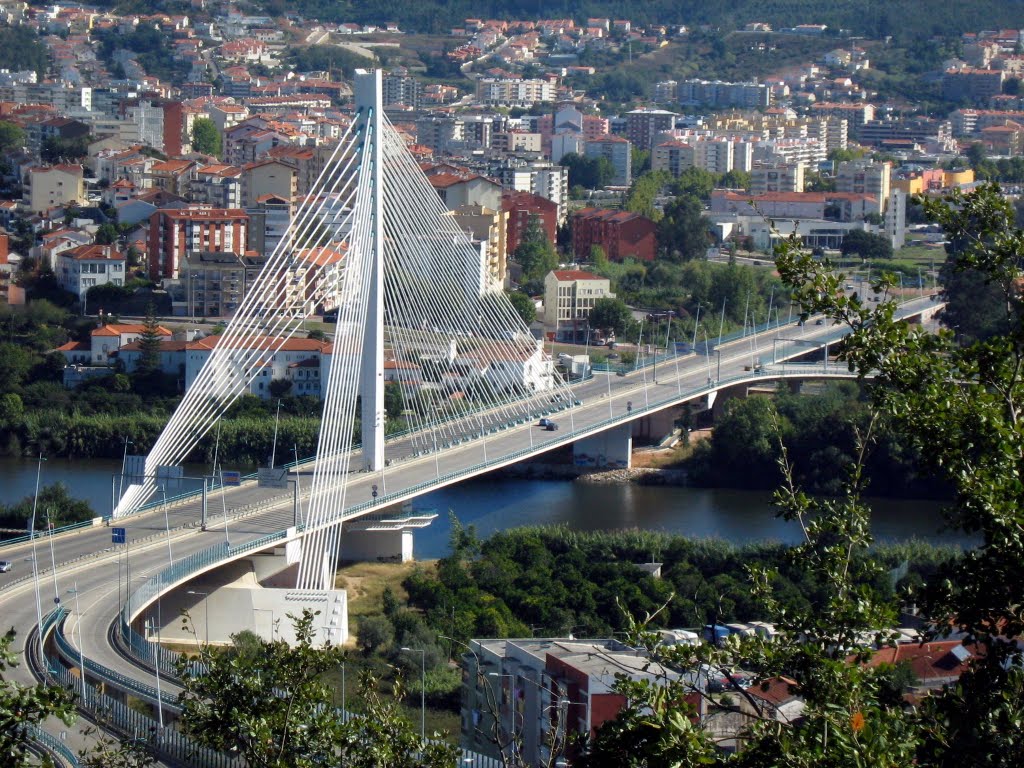
Pólo II
University of Coimbra, this was designed by the architects Camilo Vieira Courtier and Mercy, which in 2000 was selected by Mies Van der Rohe Foundation, obtaining the Contemporary Architecture Prize of the European Union.
